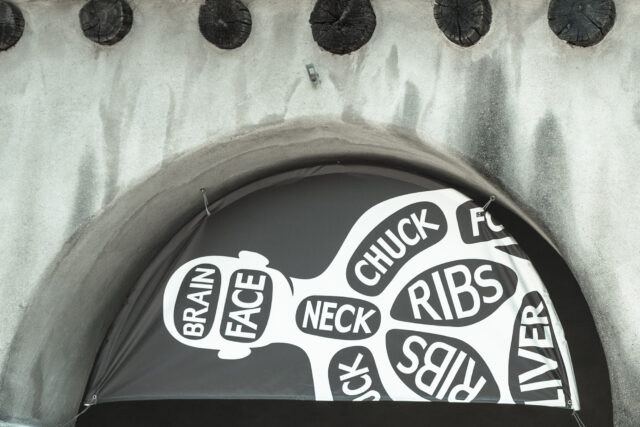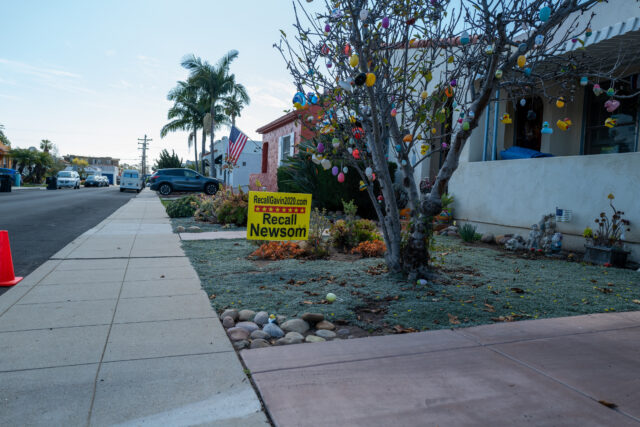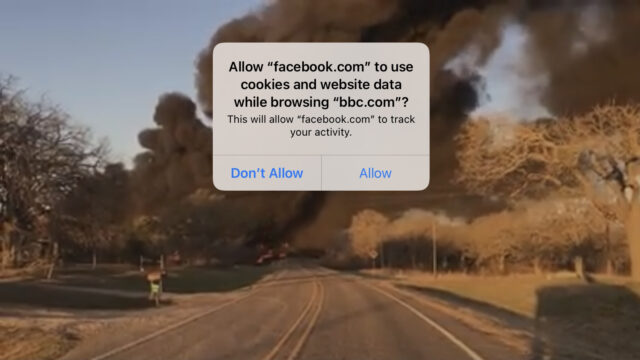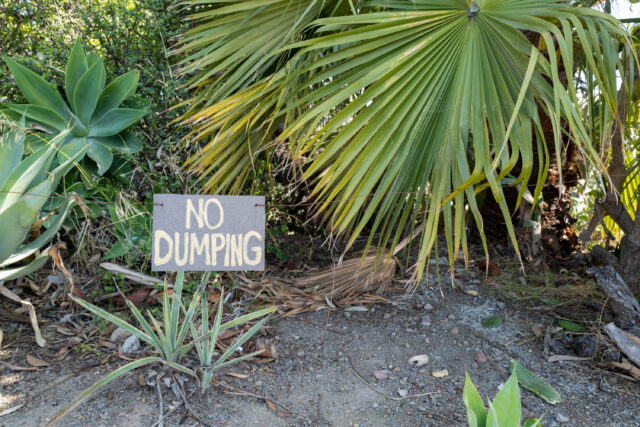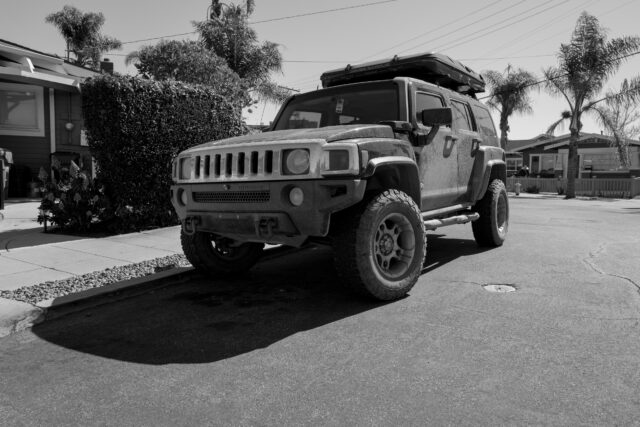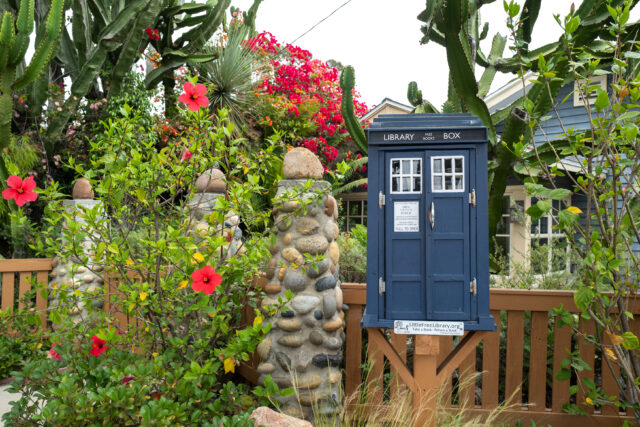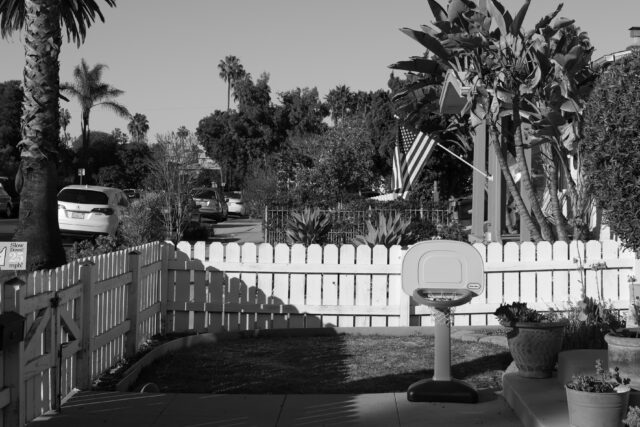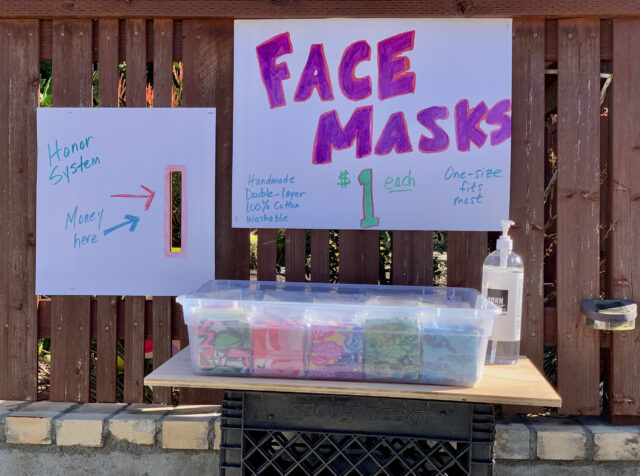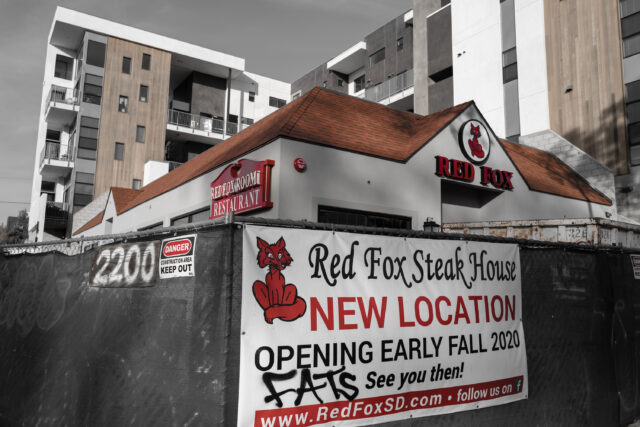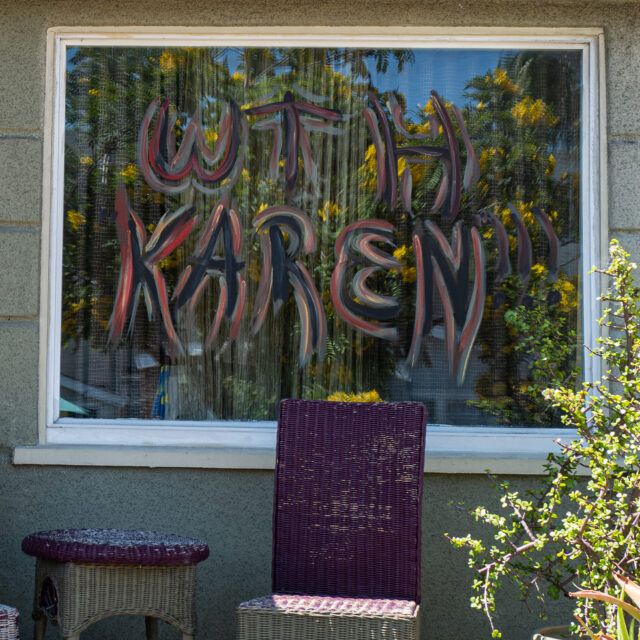I really want to know. That sentence, the title, and a short list of TV Shows about viral epidemics is as far as this post proceeded when I started it on April 26, 2016. I meant to come back many times over the nearly five years since and really regret the failure following the World Health Organization’s declaration of SARS-CoV-2 (severe acute respiratory syndrome Coronavirus 2)/COVID-19 as a pandemic on March 11, 2020.
Still contemplating writing this essay, but not getting to it, I shot and edited the Featured Image on June 11, 2017. San Diego’s Museum of Man (since then renamed to “Us”) featured exhibit “Cannibals: Myth & Reality”. With so many of the virus movies or TV series focused on Zombie apocalypses, the exhibit artwork seemed so perfect illustration. Vitals, aperture manually set: f/5.6, ISO 100, 1/1000 sec, 28mm; 2:07 p.m. PDT, Leica Q.
Half a decade later, I wonder: How much did pandemic feature films and TV shows create soil for COVID-19 to grow into a state of global fear—and, as I will opine in six days, far exceeds the real risk posed to the majority of people; whether or not they are infected? Surely, you can guess my answer.
